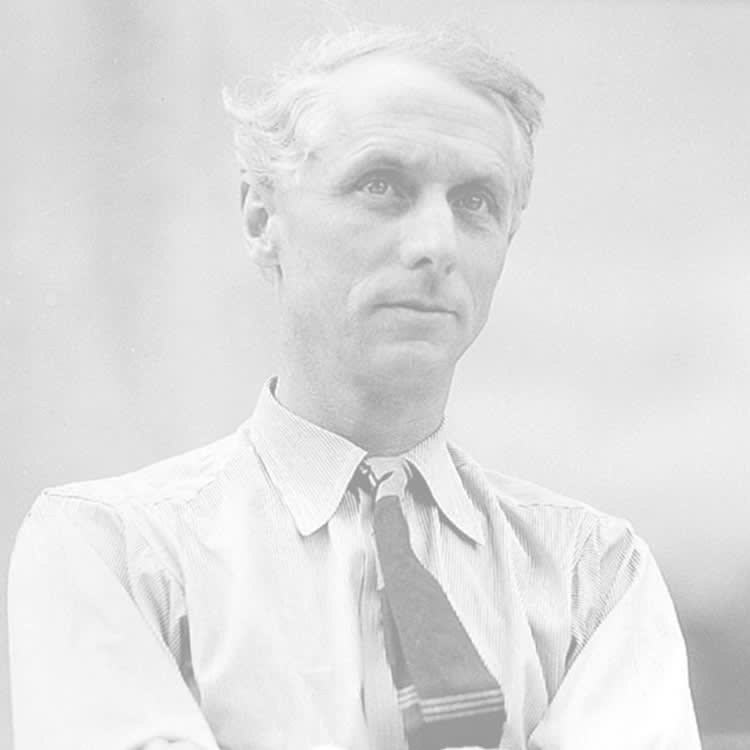MAX ERNST 1891-1976
Max Ernst is a Surrealist and Dadaist artist, whose works are exhibited at the HELENE BAILLY gallery.
Max Ernst, painter Philipp Ernst's son, was born in Brühl, Germany, in 1891. He started first to study philosophy at the university of Bonn in 1909, but he quickly set it aside in order to plainly devote to art. In 1911, he met some members from "The Blue Rider" group and exhibited along their sides in 1913, in Berlin, Germany.
When the World War I was over, Ernst lived in Cologne, Germany, and ran his first paintings, his hand-made prints, and his collages. He experienced methods specific to Dadaism, that is to say using different substrates and materials for his artworks. In 1920, he founded the "Zentrale W/3"group alongside Jean Arp and Baargeld. The second Dada exhibition in Cologne took place the same year. Ernst showed there the "Fatagaga" collages (Manufacture of guaranteed gasometric pictures) for which he worked on with Jean Arp. The exhibition generated public outrage because of these artworks that were against the artistic conveniences of that time. Baargeld and him also organized the First International Dada Fair in Berlin, Germany, in June 1920.
In 1921, after his first Parisian exhibition at the Sans Pareil Gallery, Ernst decided to settle in Paris. He also published Les Malheurs des immortels, a series of collages and poetry written by Paul Eluard.
In 1925, Max Ernst began practicing an art technique called "frottage" which consists in placing a piece of paper over a surface texture (such as parquet) then marking the paper with a drawing tool such as a pencil thus creating a rubbing, or fresh paint thus creating a scraping. Then, more or less imaginary pictures appear.
Ernst renewed with the collage in 1929 when he published The Hundred Headless Women, mi-novel and mi-collage, captioned by Ernst and prefaced by André Breton, which was based on engravings taken from scientific journals and popular French novels of the late 19th century.
In 1934, he was initiated to sculpture, along with Alberto Giacometti, and decided to leave the Surrealist group, opposing to be converted to the Trotskyism, as André Breton expressed his will.
When World War II broke out, Ernst achieved to leave France in order to settle in the United States in 1941. He lived in New York City and introduced the abstract expressionism to the country. Besides, he experienced the "dripping" technique, which consists in letting paint flowing onto a canvas from a perforated container.
In 1953, Max Ernst came back in France. Next year, he was awarded the Grand Prize for painting at the Venice Biennale; therefore he was excluded from Surrealist movement. He also received the national prize of arts and letters in 1959. Several retrospective exhibitions took place in New York, Chicago, London, Cologne, and Zurich.
Max Ernst died in Paris, France, in April 1976.

